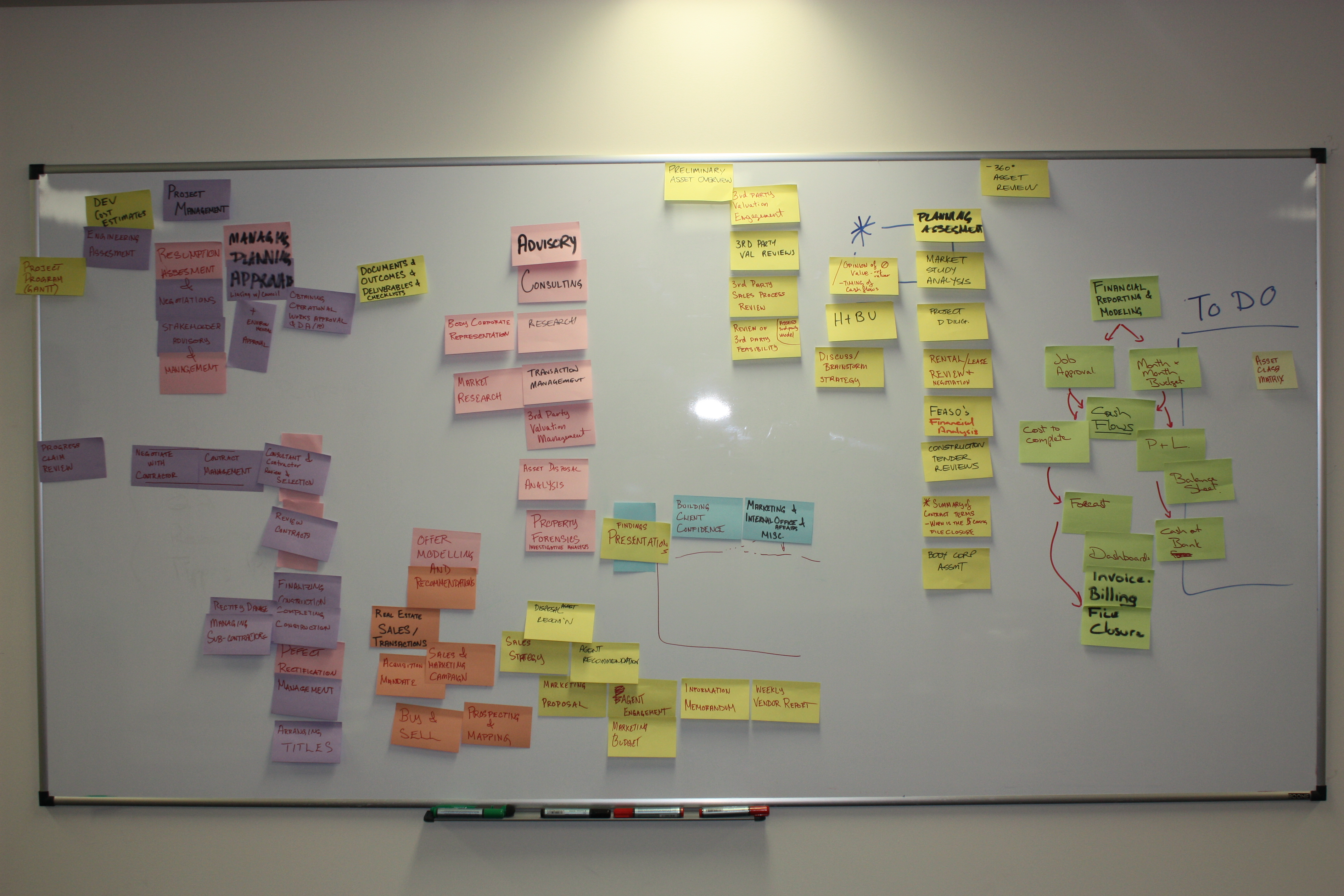Final exams- a different way to study
Yesterday, I was working with one of my students and we spent some time on a different way for him to study. He loved it. I have taught many of my kids this method and it’s really powerful.
There are a few things that we traditionally associate with studying: note cards, reading your notes over, memorization, etc.. But there are so many more ways to integrate learning. This one involves a digital recorder. (I use the Olympus 801 . Digital voice recorders cost between $30-$100. Try to get the ones with multiple “folders.”)
Here’s the gist of how I teach students to use these:
1. Usually there are 5 “folders” on these recorders, often labeled A, B, C, D. Each “folder” stores multiple recordings or “files.” I like students to dedicate folders to different classes and to keep one folder for miscellaneous thoughts, notes, reminders, or ideas. An example:
- Folder A: Miscellaneous ideas, random thoughts, reminders, school or non-school related.
- Folder B: Language Arts class
- Folder C: History class
- Folder D: Science class
- Folder E: Foreign Language class
- In the case of the student yesterday, he was studying for a Biology final. We took his written notes and he recorded himself asking questions like this, “name and describe the 4 types of gymnosperm plants? (he pauses) Cycads, ginkos and conifers and gnetophytes. Cycads are…” Now he can listen to the recordings while he is cleaning his room, going to school, even while he’s gaming :).
- For novels, I often teach students to make recordings of important information as they are reading. As they record, they can cite page numbers, quote characters, etc.. For many students this is much less disruptive than stopping to take written notes. Then, when they begin their book reports/reviews or other projects, they can go through the recordings and type pertinent notes into their outline.
- Recorders can be awesome for getting story ideas out verbally before typing them up.
- For foreign language, they are great for practice with vocabulary, etc..
- For math, the recorder is often only useful when memorization is required, for example with new formulas.
- You get the point-come up with your own creative ideas for any class.
“I never let my schooling get in the way of my education.” — Mark Twain

